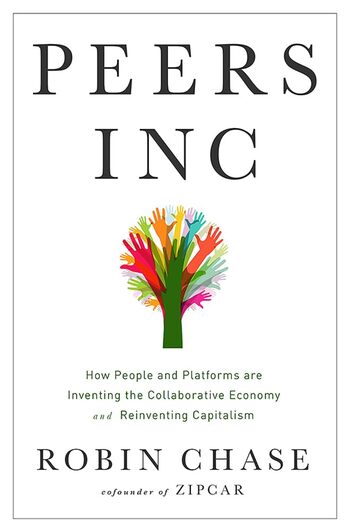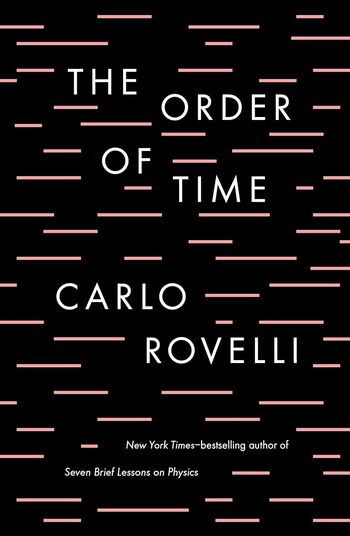
A sweeping exploration of how societies have understood and treated mental illness, from divine punishment to biological disease, reflecting shifting cultural and scientific paradigms.
Main Lessons
- Madness has been historically viewed through various lenses, from divine punishment to a biological disease.
- The development of psychiatry as a separate medical field is relatively recent at only about 150 years old.
- Mental illness perceptions have varied vastly across cultures, often seen as either a supernatural or a scientific issue.
- Early beliefs on madness ranged from exorcisms to humoral imbalances, showcasing the blend of superstition and proto-science.
- Greek and Roman medicine laid early groundwork for viewing madness as a biological condition.
- The Islamic world preserved ancient Greek and Roman medical texts, influencing medieval European medical thought.
- The scientific revolution began challenging religious and superstitious views of madness.
- Asylums emerged in the 18th and 19th centuries, varying widely in their humanity and objectives.
- Freud pioneered talk therapy and framed childhood experiences as significant in adult mental health.
- The recognition of PTSD post-World War I marked a shift in understanding trauma and mental illness.
- Modern psychology and psychiatry adopt a two-pronged approach combining medication and therapy.
- There remains societal stigma surrounding mental illness, though public perception has slowly evolved.
- Mental illness treatment reflects broader societal care standards and societal definitions of morality.








